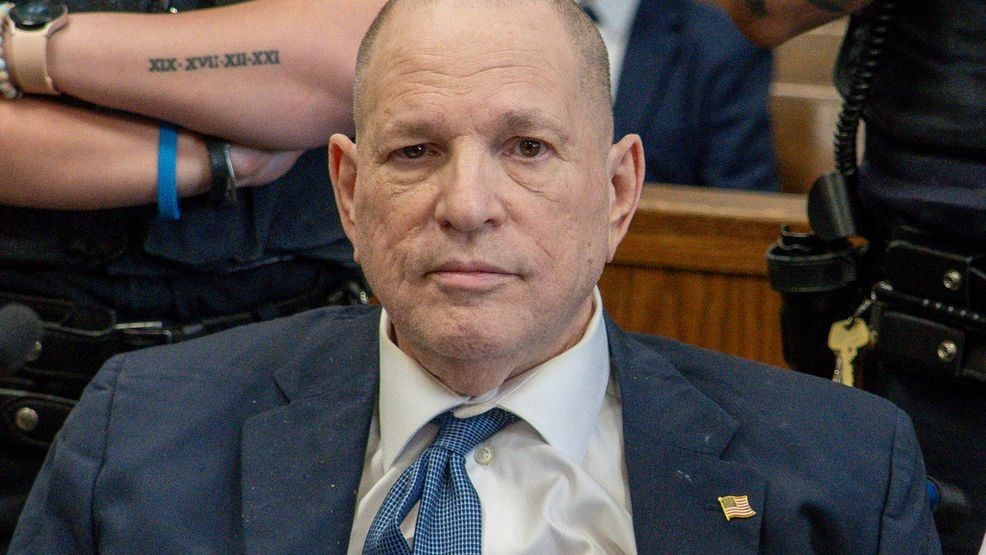County data could inform decision to reopen low-risk areas

WASHINGTON (SBG)-- President Donald Trump said his goal is to have the economy up and running by Easter. New data based on each county's coronavirus risk level could help guide his decision.
“The sooner we get back to work, you know every day that we stay out it gets harder to bring it back very quickly," Trump said during a White House Coronavirus Task Force briefing Thursday evening.
America's biggest cities are bearing the brunt of the coronavirus pandemic. Cities like New York City, Los Angeles, Detroit, Chicago and New Orleans account for the vast majority of cases in the United States.
In less populated areas, it's a different story.
“Almost 40% of the country with extraordinarily low numbers and they are testing," White House Coronavirus Response Coordinator Dr. Deborah Birx said.
Birx points to Nebraska where, as of Friday afternoon, only had 81 confirmed cases.
Data like this prompted the Trump administration to begin drafting guidelines to categorize counties as high, medium or low risk to help state and local authorities whether to strengthen or relax social distancing.
“Any decision we make has to be based on the data," Dr. Anthony Fauci told CNN's Anderson Cooper.
Fauci, the director of the National Institute of Allergy and Infectious Diseases said the virus makes the timeline, not people. He said the president is listening to the task force.
“That’s no time to pull back," Fauci said. "That’s when you got to hunker down, nail down, mitigate, mitigate, mitigate, get the people taken care of. That’s what you got to concentrate on. You have to go with the data.”
Vice President Mike Pence is expected to present the president with the county data this weekend.














